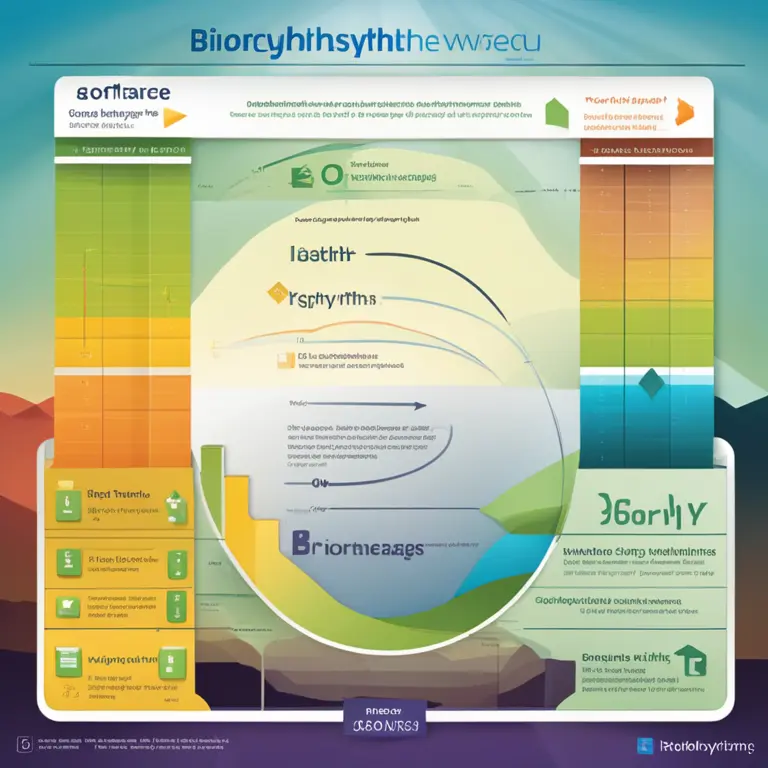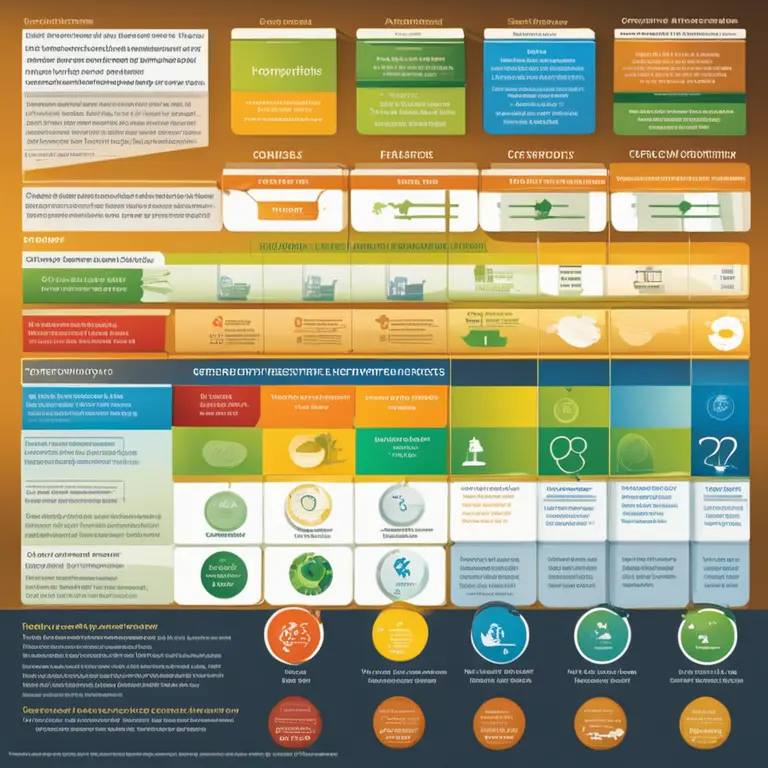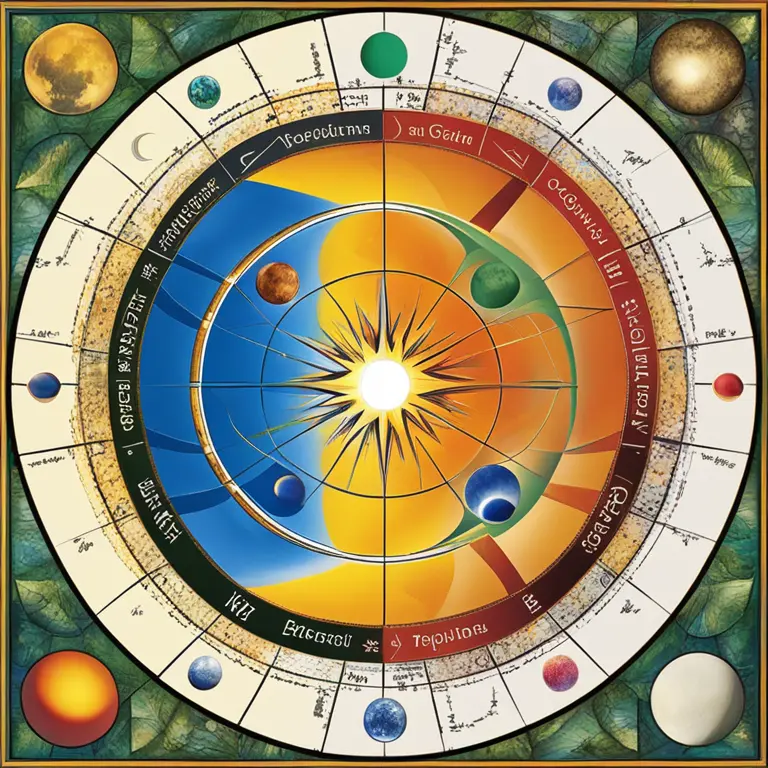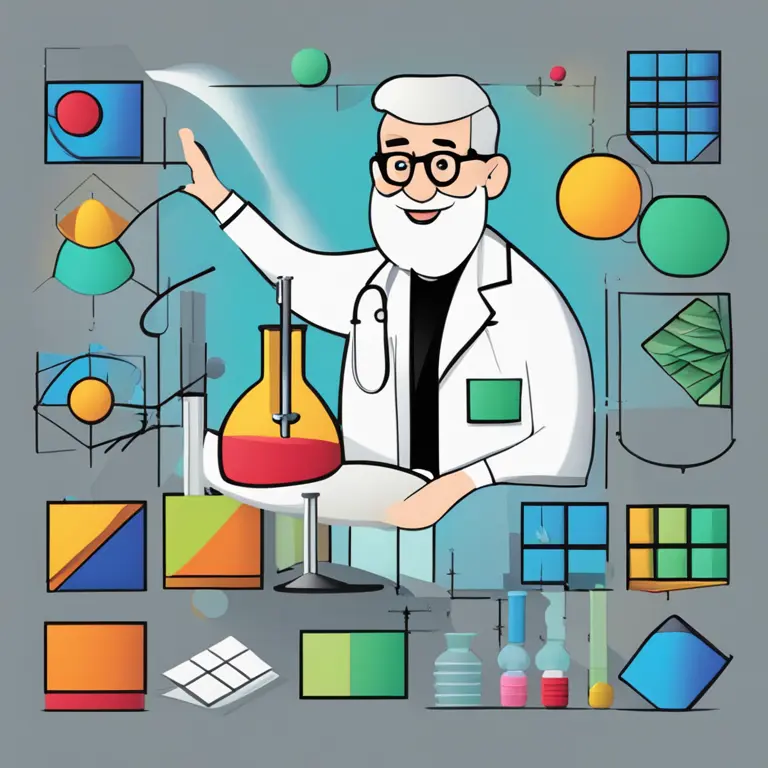
The Biorhythm Phenomenon: A Scientific Inquiry
Is biorhythm truly a scientific concept? Dive into the details of this intriguing theory and discover the extent of its scientific foundations.
article by Adrian Wallace
The Basis of Biorhythms
Biorhythms theory suggests that our lives are influenced by natural physiological cycles. The roots of this concept trace back to the 19th century when Dr. Wilhelm Fliess observed consistent rhythms in human behavior and believed these patterns could predict physical, emotional, and intellectual states. Contemporary research has both challenged and expanded upon Fliess's early work, integrating findings from chronobiology—the study of periodic (cyclic) phenomena in living organisms and their adaptation to solar- and lunar-related rhythms.

Scientific Approaches to Biorhythms
Chronobiology has established itself within the scientific community, investigating phenomena such as circadian rhythms, which are recognized by science to affect sleeping and feeding patterns, core body temperature, brain wave activity, and hormone production. While mainstream science acknowledges these rhythms, it remains divided on the broader applications of biorhythms—those that predict behavior or performance. Nevertheless, some research suggests that understanding individual biorhythms could potentially optimize personal scheduling for improved performance and health outcomes.

Criticism and Skepticism
Biorhythms face criticism chiefly due to a lack of empirical evidence that ties specific life events to these cycles. Critics argue that biorhythm calculations are too arbitrary to yield scientifically valid predictions. Despite anecdotal testimonials, many in the scientific community call for more rigorous methods and reproducible results before embracing biorhythms as a scientific fact. Skeptics also point out that the "placebo effect" might explain why some individuals swear by the accuracy of biorhythm-based predictions.

Technology and Biorhythms
Advancements in technology have led to the development of apps and software that claim to calculate individual biorhythms to predict daily energy levels, alertness, and more. These tools aim to popularize the concept among a broad audience, potentially opening paths for more widespread acceptance and application. However, their scientific accuracy remains a debated topic. It's essential for such technologies to collaborate with research institutions to improve their algorithms based on scientific evidence if they wish to gain credibility.

Exploring Research Horizons
Research in genetics and molecular biology continues to shed light on the mechanics of biological rhythms and their impact on physiology and behavior. Future studies correlating genetic markers with biorhythm theories could help bridge the gap between skepticism and acceptance. Interdisciplinary research could pave the way for biorhythms to be understood in a more sophisticated, nuanced manner, indicating a potential intersection between holistic health models and empirical scientific methods.
Conclusion: The Future of Biorhythms
As a topic of interest among both the public and some in the scientific community, biorhythms occupy a curious space between fascination and skepticism. Its future as a scientific discipline largely depends on the ability of researchers to provide clear, empirical evidence that can either consolidate or refute the claims made by biorhythm enthusiasts. While it may not yet be fully endorsed by the scientific community, the journey of biorhythms through rigorous scientific analysis is far from over.
Published: 1/30/2024
Modified: 1/30/2024
More predictions
Come back here soon to learn more about yourself and your future


The Rhythms Within: An Insight into Biorhythms
Discover the science and philosophy behind biorhythms, the cyclical patterns our bodies follow, in connection with our physical, emotional, and intellectual states.


The Rhythms Within Science: A Guide to Biorhythms
Delve into the science of biorhythms to grasp how the physiological cycles influence our lives. This guide breaks down the complexity of biorhythmic patterns.


The Rhythms Concept: A Guide to Biorhythms
Discover the intriguing concept of biorhythms: the cyclic patterns influencing our physical, emotional, and intellectual states.